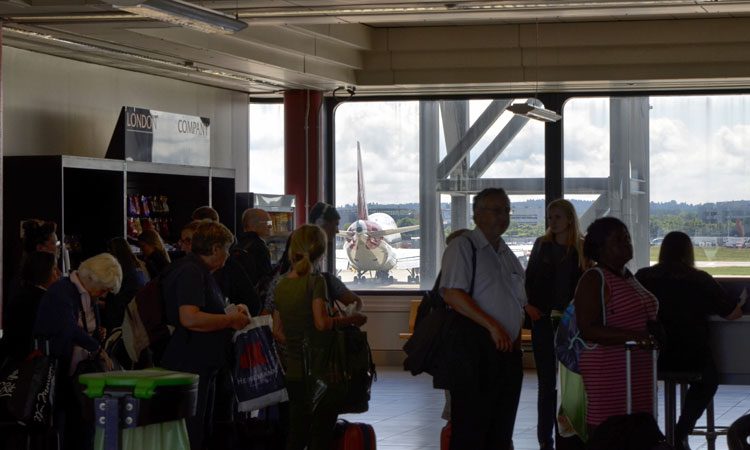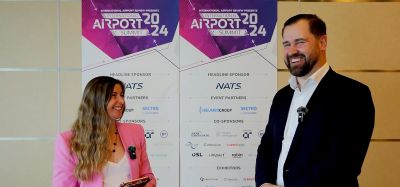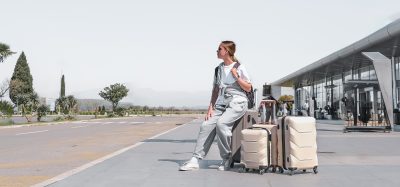Gatwick Airport to trial boarding aircraft by seat number to save time
- Like
- Digg
- Del
- Tumblr
- VKontakte
- Buffer
- Love This
- Odnoklassniki
- Meneame
- Blogger
- Amazon
- Yahoo Mail
- Gmail
- AOL
- Newsvine
- HackerNews
- Evernote
- MySpace
- Mail.ru
- Viadeo
- Line
- Comments
- Yummly
- SMS
- Viber
- Telegram
- Subscribe
- Skype
- Facebook Messenger
- Kakao
- LiveJournal
- Yammer
- Edgar
- Fintel
- Mix
- Instapaper
- Copy Link
Posted: 30 October 2019 | Rachael Harper (International Airport Review) | 1 comment
Gatwick Airport is to commence a two-month trial to test various boarding sequences to find the most efficient.


In a bid to avoid queues and congestion at gates, London Gatwick will be conducting a two-month trial of a new boarding technique.
Large digital screens and staff will be placed at Gate 101 during the trial to show passengers the order to board. A range of sequences will be trialled to test whether they make the process faster, more relaxing and, potentially, reduce the need for large numbers of passengers to rush forward at any stage, the airport has said.
“We want to explore whether boarding by seat number will avoid queues in the gate room and when boarding the aircraft,” said Abhi Chacko, Head of Enabling Technologies and Digital Innovation, Gatwick Airport. “Early indications are that this new technique has the potential to reduce the overall boarding time. By communicating to passengers better and boarding passengers by seat number, we also expect to make the whole boarding experience more relaxing and, potentially, prevent large numbers of passenger rushing forward at any stage.”
Early indications are that this new technique has the potential to reduce the overall boarding time…”
Possible sequences include seating people from the back row to the front with window seats first, middle seats next and aisle seats last. Passengers who have booked priority boarding – or those who require special assistance or are travelling with young families – will still board first during the trial.
Modelling indicates that these techniques may be able to reduce boarding times by up to 10 percent, compared to conventional methods, Gatwick Airport said, and learnings from the trial, as well as feedback from passengers, will be used to decide whether to take this concept forward or not.



















In the days before ultra-segmented levels of preferential boarding, airlines boarded by rows and this seemed to work efficiently, from back to front of the aircraft, or vice-versa. Airlines have created their own inefficiencies with the “pay to play”– or in this case, “pay to sit” model, that has passengers boarding all around the plane, based on their “groups.”
Group seating may increase the profit but also the time needed for passengers to board, stow luggage, find stowage for oversized luggage that arrives later in boarding scheme, etc. Boarding by seat number is not that new as it hearkens to the more efficient “board by row” model.